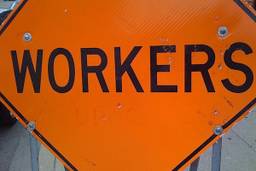In a move aimed at curbing protests on the Supreme Court's grounds, Chief Justice John Roberts has approved a new regulation for the court’s building code that would prohibit all forms of public demonstration on court property. This move follows the ruling of a U.S. district court judge on Tuesday declaring bans on protests on Supreme Court grounds to be unconstitutional.
The new regulation defines demonstration as:
picketing, speechmaking, marching, holding vigils or religious services and all other like forms of conduct that involve the communication or expression of views or grievances, engaged in by one or more persons, the conduct of which is reasonably likely to draw a crowd or onlookers.
The rule is meant to “protect the Supreme Court building and grounds, and persons and property thereon” as well as to ensure the ability of people to enter and leave the building, specifically barring protests from occurring in the marble plaza which serves as the court’s gateway. Though demonstrators won’t be able to bring their message directly to the Supreme Court, they are still free to assemble on the perimeter sidewalk around the court.
John Whitehead, the president of the Rutherford Institute who challenged the initial law on a protestor’s behalf, calls this new rule “repugnant” to the Constitution.
More articles by Patrick James Drennan
Wisconsin Unions Shrunk Dramatically in Wake of Scott Walker Bill
Patrick James Drennan

Labor
New Report: Unions Shield Workers—and States—Against Recession
Patrick James Drennan
Is The NSA Listening To Our Phone Calls?
Patrick James Drennan

